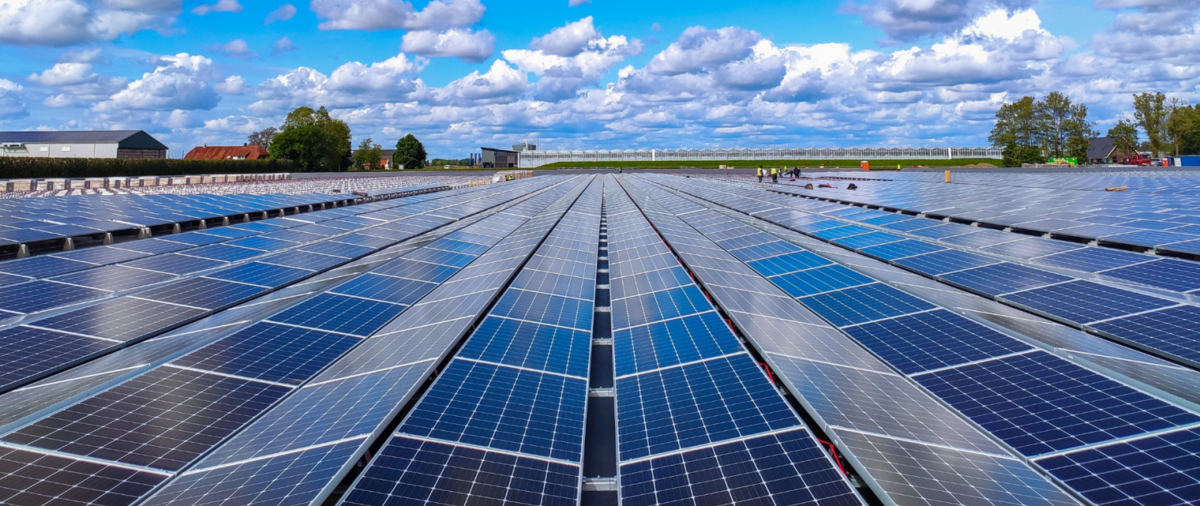The global energy landscape is rapidly transforming. As businesses strive to align with sustainability goals and decarbonization targets, renewable energy has emerged as a cornerstone of modern investment strategies. However, investing in renewables isn’t just about going green—it’s about ensuring these projects are financially viable and capable of delivering consistent returns over the long term. For CFOs, success lies in mastering key metrics that guide decision-making, mitigate risks, and maximize profitability.
Here, we delve deeper into the four essential metrics every CFO must know and explore financial tools to enhance decision-making in renewable energy investments.
1. Power Tariff: The Revenue Driver
The power tariff, essentially the rate at which electricity is sold to the grid or end-users, is a foundational metric for any renewable energy project. Tariffs are influenced by several factors, including government policies, feed-in tariffs (FITs), and power purchase agreements (PPAs). These agreements can lock in revenue predictability, making them vital for project viability.
Key Considerations:
- Government Incentives: Many countries offer favorable tariffs or subsidies to promote renewable energy adoption. For instance, India’s open access policy provides competitive tariffs for renewable energy buyers.
- PPA Negotiations: Long-term PPAs secure fixed tariffs, protecting projects from market volatility and ensuring predictable cash flow.
- Tariff Benchmarking: CFOs should compare offered tariffs with market rates and regional variations to determine competitiveness.
Financial Tools:
- Scenario Analysis Models: Use tools like Monte Carlo simulations to predict revenue under different tariff scenarios.
- Hedging Instruments: Mitigate revenue risks by using derivatives for price stabilization, especially in deregulated markets.
2. Equity Investment: Balancing Risk and Return
Equity represents the financial backbone of a renewable energy project. While debt financing reduces upfront costs, equity ensures ownership and control, allowing companies to leverage tax benefits and long-term returns. Striking the right balance between debt and equity is crucial to achieving the desired risk-adjusted returns.
Key Considerations:
- Cost of Equity: Projects with high perceived risks often demand higher returns from equity investors.
- Blended Finance: Utilize green bonds or concessional loans alongside equity to optimize the capital structure.
- Exit Strategies: Equity investors need clearly defined exit routes, such as selling stakes post-construction or at maturity.
Financial Tools:
- Internal Rate of Return (IRR) Calculators: Evaluate the expected returns on equity investments against the project lifespan.
- Capital Budgeting Models: Tools like the Weighted Average Cost of Capital (WACC) help identify the optimal mix of debt and equity financing.
3. Capacity Factor: Evaluating Efficiency and Output
Unlike traditional power plants, renewable energy systems like wind and solar don’t always operate at full capacity. The capacity factor measures the actual energy output compared to the theoretical maximum output, making it an essential indicator of asset performance.
Key Considerations:
- Location Optimization: For wind farms, higher capacity factors are observed in regions with consistent wind speeds. Similarly, solar farms benefit from high solar irradiance areas.
- Technological Advances: Modern turbines and photovoltaic panels offer better efficiency, boosting capacity factors.
- Weather and Climate Impacts: CFOs must account for variations due to seasonality and climate patterns.
Financial Tools:
- Energy Yield Assessment Tools: Software like HOMER Pro or RETScreen can simulate energy generation scenarios based on location and technology.
- Predictive Maintenance Models: AI-based tools monitor asset performance, reducing downtime and increasing capacity utilization.
4. Techno-Financial Models: The Decision-Making Framework
Techno-financial modeling integrates technical parameters (such as energy yield and equipment costs) with financial metrics (like cash flows and ROI) to assess project feasibility. The Net Present Value (NPV) is a critical component of these models, enabling CFOs to evaluate long-term project viability.
Key Considerations:
- Sensitivity Analysis: By testing different inputs (e.g., changes in tariffs or maintenance costs), CFOs can gauge a project’s resilience.
- Policy Compliance: Techno-financial models must incorporate local regulations and carbon credit mechanisms.
- Lifecycle Costs: Consideration of total costs, including operation and maintenance (O&M), ensures accurate profitability estimates.
Financial Tools:
- NPV and Discounted Cash Flow (DCF) Models: Tools like Microsoft Excel or financial platforms such as Bloomberg Terminal help compute NPV under varying discount rates.
- Scenario Planning Tools: Software like Crystal Ball or @Risk can simulate thousands of potential outcomes based on different financial and technical inputs.
Enhanced Decision-Making: Integrating Advanced Financial Tools
To maximize the potential of renewable energy investments, CFOs can leverage advanced tools and strategies:
- Green Bonds: Tap into sustainable finance markets by issuing green bonds, which offer lower interest rates and attract ESG-conscious investors.
- Renewable Energy Certificates (RECs): Monetize environmental benefits through the sale of RECs, providing an additional revenue stream.
- Blockchain-Based Energy Platforms: Utilize blockchain to enhance transparency in PPA contracts and facilitate peer-to-peer (P2P) energy trading.
- Energy Market Forecasting Software: Predict price movements and market trends using platforms like Aurora Energy Research.
Building a Comprehensive Investment Strategy
Renewable energy investments offer a unique blend of financial opportunity and environmental responsibility. By mastering power tariffs, equity structuring, capacity factors, and techno-financial models, CFOs can unlock the full potential of these projects. Integrating these metrics with advanced financial tools ensures that investments are not only sustainable but also resilient in the face of evolving market dynamics.
Action Steps for CFOs:
- Collaborate with technical teams to refine capacity factor and yield assessments.
- Engage with regulatory bodies to stay updated on evolving incentives and tariffs.
- Incorporate sensitivity analysis into all major investment decisions.
- Adopt digital tools for real-time performance monitoring and financial planning.
Renewable energy is more than a growth sector—it’s a strategic imperative. By focusing on these metrics and tools, CFOs can lead their organizations toward a sustainable, profitable future.
This detailed guide not only equips CFOs with the knowledge to navigate renewable energy investments but also highlights the financial tools and methodologies to maximize returns while mitigating risks.








